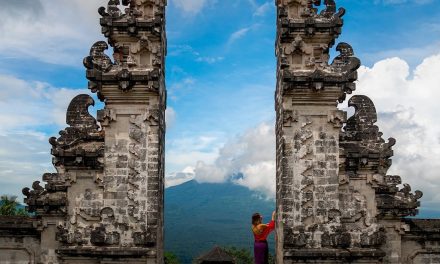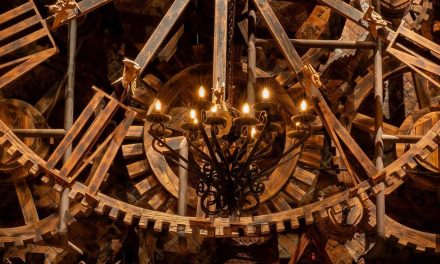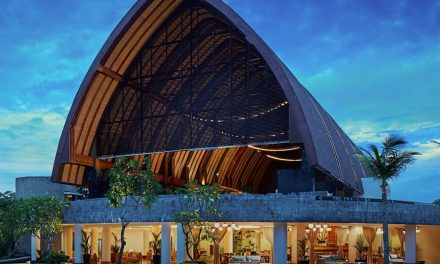Kuta, a vibrant resort town on Bali’s bustling southern coast, is not just known for its stunning beaches and vibrant nightlife, but also for its rich cultural heritage, particularly its traditional dance performances. As an avid photographer and a lover of culture, I’ve had the pleasure of capturing the essence of Kuta’s traditional dances more times than I can count. Whether you’re a seasoned pro or just diving into the world of cultural photography, I’m here to share some tips that will help you capture those mesmerizing moments with flair!
Understanding Kuta Traditional Dances
Before we dive into the nitty-gritty of photography, let’s take a moment to appreciate what makes Kuta’s traditional dances so special. These performances are steeped in Balinese culture, telling stories of gods, heroes, and folklore through exquisite movements, vibrant costumes, and enchanting music. There’s nothing quite like the thrill of experiencing it live. I remember my first time at a performance—my heart raced as the dancers moved in perfect harmony, their costumes shimmering under the focused stage lights.
Tip 1: Familiarize Yourself with the Dance
To effectively photograph Kuta’s traditional dances, you need to familiarize yourself with the performances. Each dance has its unique story and significance. For example, the *Kecak* dance is famous for its chanting choir and dramatic narratives. Understanding the flow and highlights of the dance will help you predict the best moments to capture.
Personal Anecdote: The first time I shot the *Kecak*, I was so mesmerized by the chanting that I missed a pivotal moment when the lead dancer lit a ceremonial fire. Now, I always make it a point to watch the performance through and through before I start snapping photos!
Tip 2: Choose the Right Equipment
Your gear can make a significant difference in the final outcome of your photos. If you can, bring a camera with a fast lens (preferably f/1.8 or lower). This will allow you to capture the dance in lower light conditions, which is often the case in traditional performances. A zoom lens is also beneficial so you can capture close-ups from a distance without disturbing the dancers.
Practical Advice: If you’re using a DSLR or mirrorless camera, set it to a higher ISO (around 800-1600) if the ambiance is dim. I learned this the hard way on one of my trips, shooting in lower light at too low of an ISO, resulting in grainy images that did not do justice to the luminous costumes and skilled performers.
Tip 3: Pay Attention to Composition
When it comes to photography, composition can make or break an image. I find that using the rule of thirds can help create more dynamic shots. Try to position your subjects along these gridlines rather than centered. Additionally, make sure to include contextual elements, like the surrounding audience or the performers’ elaborate costumes.
Relatable Scenario: Picture a stunning dancer in a bright red costume against a backdrop of intricate Balinese architecture. While it might be tempting to zoom in solely on the dancer, consider stepping back to include the architecture. This adds depth and context to your shot, helping viewers understand the cultural setting.
Tip 4: Timing is Everything
Capturing the perfect moment in traditional dance is all about timing. Dancers often perform impressive poses, and being ready to capture these transitions can yield breathtaking results. I often watch for those moments when the dancer’s body reaches an expressive peak, fingers elegantly outstretched, that captures the emotion of the performance.
Example: I remember shooting a beautiful *Legong* performance where the lead dancer spun into a perfect pose, eyes wide and intense. I had my finger ready on the shutter; that split-second moment turned out to be one of my best shots.
Tip 5: Respect the Performance
While it’s tempting to want that perfect shot, always keep the dancer’s space and performance integrity in mind. Avoid using a flash, as it can be distracting and disrespectful. Instead, utilize the ambient light to your advantage. Often, I will find a spot where I can catch the light just right.
Unique Insight: After one performance, I chatted with a dancer who thanked me for being respectful. She said it makes a difference when photographers understand the sanctity of their art. Remember, it’s about preserving the beauty of the dance, not just subjects for your portfolio.
Tip 6: Post-Processing Matters
Once you’ve captured the dance, the work isn’t done! Spend some time in post-processing to enhance your images. Adjusting brightness, contrast, and saturation can really make your photos pop. I love to use Lightroom for quick adjustments, especially to bring out the vibrant colors of the costumes.
Personal Routine: After every trip, I set aside a day to go through my photos. I’ve often found hidden gems that looked mundane at first but, with a little tweaking, turned into stunning representations of the culture and vibrancy I witnessed firsthand.
In Conclusion
Capturing Kuta’s traditional dance is not just about photography; it’s about storytelling. With every snap, you have the chance to preserve a moment in time that celebrates the beauty of Balinese culture. So next time you find yourself at a traditional dance performance in Kuta, keep these tips in mind, and don’t forget to immerse yourself in the experience. Who knows? You might just find a new favorite dance or capture a photo that tells a story for years to come. Happy shooting!






